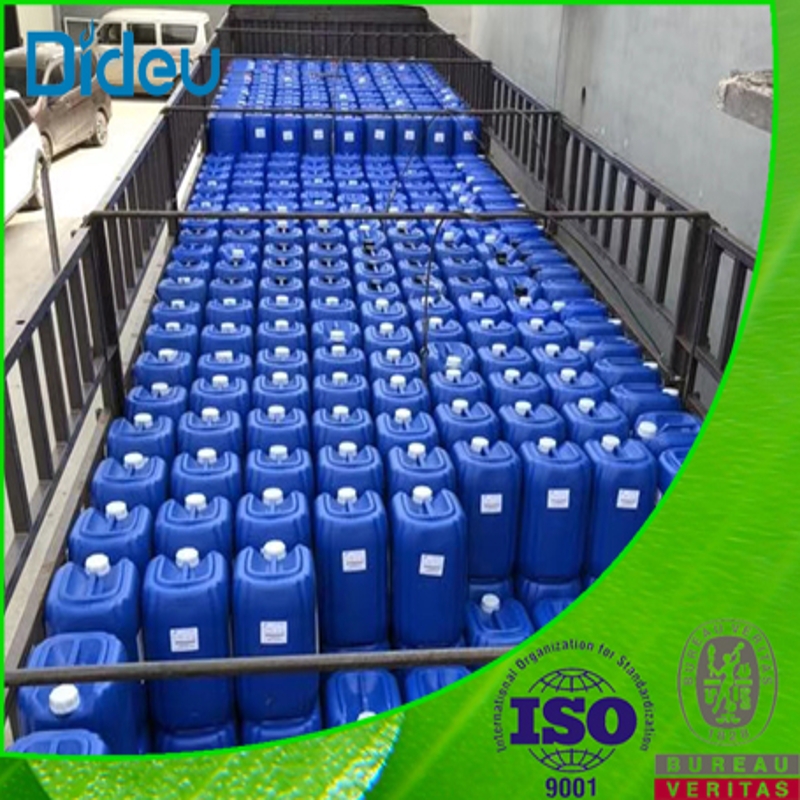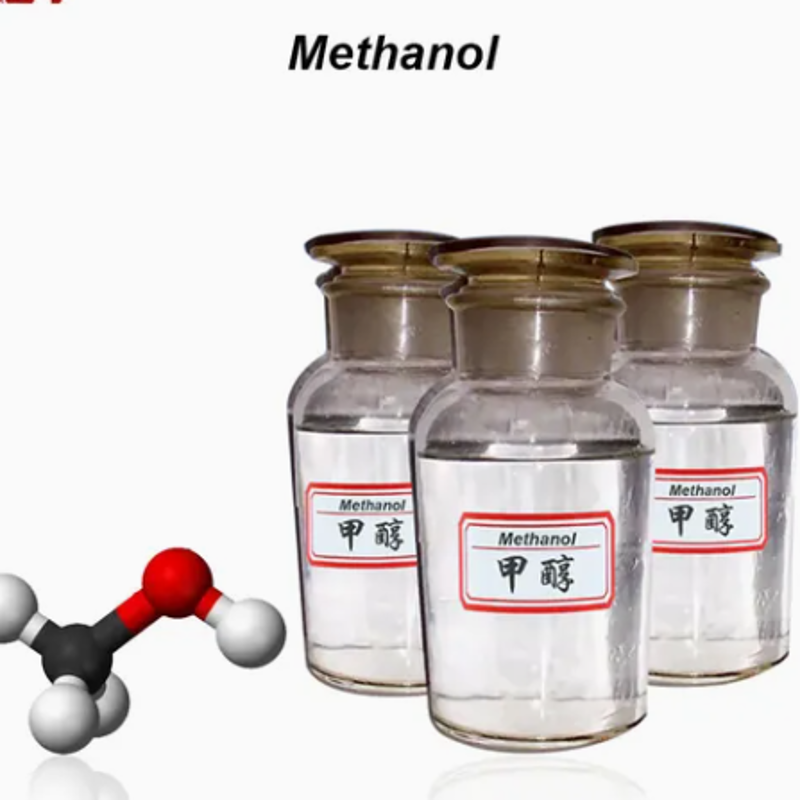-
Categories
-
Pharmaceutical Intermediates
-
Active Pharmaceutical Ingredients
-
Food Additives
- Industrial Coatings
- Agrochemicals
- Dyes and Pigments
- Surfactant
- Flavors and Fragrances
- Chemical Reagents
- Catalyst and Auxiliary
- Natural Products
- Inorganic Chemistry
-
Organic Chemistry
-
Biochemical Engineering
- Analytical Chemistry
-
Cosmetic Ingredient
- Water Treatment Chemical
-
Pharmaceutical Intermediates
Promotion
ECHEMI Mall
Wholesale
Weekly Price
Exhibition
News
-
Trade Service
Introduction
Wood creosote is a byproduct of the coal tar industry and is derived from the distillation of coal tar.
It is a dark-colored, viscous liquid with a strong, unpleasant odor.
Despite its unpleasant characteristics, wood creosote has a number of applications in the chemical industry.
In this article, we will discuss the various applications of wood creosote in the chemical industry.
- Wood Preservation
One of the primary applications of wood creosote is in the preservation of wood.
Wood creosote is a very effective preservative for wood, as it is able to penetrate deeply into the wood and protect it from insect and fungal attack.
This makes it ideal for use in outdoor structures such as decks, fences, and playground equipment.
In addition, wood creosote can be used to treat lumber and other wood products to prevent decay and extend their lifespan.
- As a Solvent
Wood creosote is also used as a solvent in the chemical industry.
It has a strong, unpleasant odor, which makes it useful for masking other odors.
In addition, its ability to dissolve a wide range of substances makes it a useful solvent for cleaning and degreasing applications.
- In the Production of Paints and Inks
Wood creosote can also be used in the production of paints and inks.
It has a high boiling point and a strong, unpleasant odor, which makes it ideal for use as a drying agent in paints and inks.
In addition, its ability to dissolve a wide range of substances makes it a useful component in the formulation of paints and inks.
- As a Fuel
Wood creosote can also be used as a fuel.
It has a high energy content and can be burned in industrial boilers or furnaces to generate heat and electricity.
In addition, it can be used as a fuel in industrial ovens and kilns to provide heat for a variety of industrial processes.
- In the Production of Medicines and Pharmaceuticals
Wood creosote can also be used in the production of medicines and pharmaceuticals.
It has antimicrobial properties, which makes it useful as a preservative in medicines and pharmaceuticals.
In addition, it has been shown to have anti-inflammatory and pain-relieving properties, which makes it useful in the treatment of a variety of conditions.
- In Agriculture
Wood creosote can also be used in agriculture.
It has been shown to be effective in controlling pests and diseases in crops, and can be used to treat soil to improve its structure and fertility.
- In the Treatment of Water
Wood creosote can also be used in the treatment of water.
It has been shown to be effective in removing impurities and contaminants from water, and can be used in the treatment of industrial wastewater to reduce pollution and improve water quality.
Conclusion
Wood creosote is a versatile chemical that has a number of applications in the chemical industry.
Its ability to penetrate deeply into wood and protect it from insect and fungal attack makes it ideal for use in wood preservation.
In addition, its ability to dissolve a wide range of substances and its strong, unpleasant odor make it useful as a solvent and a fuel.
Its antimicrobial and anti-inflammatory properties also make it useful in the production of medicines and pharmaceuticals, and in agriculture.
Finally, its ability to remove impurities and contaminants from water makes it useful in the treatment of water.







